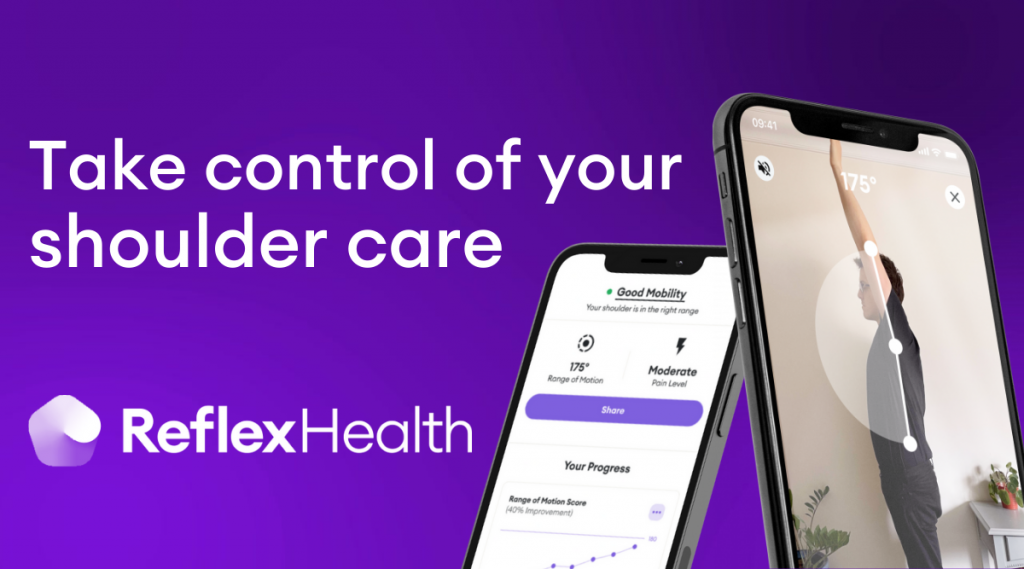Frozen shoulder lasts one to three years and then simply disappears.
How often did I hear this statement? Was it really designed to make me feel better? I couldn’t drive, dress, cook, shower, sleep, or work.
This statement made me angry. I believe it pays a great disservice to anyone suffering the debilitating and life changing consequences of frozen shoulder.
This medical condition caused me intense pain, suffering, insomnia, anxiety, depression and frustration. That is the truth!
My physiotherapy treatments were a life-saver. But, I found myself searching for more.I couldn’t sit and wait for three years for this “to go away.” However, I wasn’t particularly receptive to the alternative.
You are what you do and not what you say you’ll do.
Carl Jung
Recast your current problems into proactive goals.
Suze Orman
It was a challenging time. I wanted someone or something to make it go away. No one could. It became very clear, early on, that my recovery was in a large part, up to me.
I read about non-mainstream healing modalities. Practices that fell under the murky umbrella of self-care, self-love, and the mind/body/spirit alliance. Breathwork, gratitude, meditation, positive thinking and sleep hygiene.
Did I love myself? Why did people keep asking me this? Did I practice self-compassion? Well, I think so.
Why could no one understand? I wanted ultrasound, ice packs, and Advil. I needed relief. I didn’t want my frozen shoulder to last one to three years. Who had that much time?
I was committed to my physiotherapy. It was invaluable. I am so grateful for the treatment I received. I always looked forward to the support, hot packs, ice, ultrasound, stretches, and my regular mobility assessments.
But, I required more. I had to take action. I did! It began with my precious breath.
Here are 6 exercises to help you heal with a frozen shoulder:
1) Breathing
Slow, deep conscious breathing oxygenates the blood, improves the immune system, releases pain reducing endorphins, calms the heart, improves sleep, and increases feelings of well being.
Sit in a relaxed position. Inhale through your nose into your belly for a count of four. Feel your abdomen expand. Hold for a count of four. Release for a count of four. Repeat. Begin with five minutes a day. You will start to experience less pain, improved sleep, and increased feelings of well-being.
2) Gratitude
I was in pain. I was miserable. I didn’t want to hear about the health benefits of expressing gratitude.
However,
Gratitude blocks toxic emotions, such as envy, resentment, regret, and depression, which can destroy our happiness.
Robert Emmons, Professor At UC Davies
Gratitude releases dopamine, a feel good chemical. The more gratitude the more dopamine. The more you give the more you get.
Gratitude decreases stress, boosts the immune system, generates optimism, strengthens relationships, improves sleep, increases self-confidence, and lowers blood pressure.
Practice gratitude. You will feel the difference!
3) Sleep
A good night’s sleep is paramount to physical, mental, emotional, and cognitive well-being. It is essential for recovery. The pain of frozen shoulder can interfere with sleep quantity and quality.
Avoid heavy meals, caffeine and alcohol before bed. Keep a consistent sleep/wake routine. Set your room to a moderate temperature. Wake naturally if possible.
Engage in daily exercise. Minimize screen time, noise and light in the evening, and avoid smoking. A relaxing bath with a cup of chamomile tea may help.
4) Positive Thinking
Pay close attention to your thoughts. They have incredible power. Positive thoughts lower rates of anxiety, depression and pain. Optimism promotes a long life, increased heart health, reduced risk of cancer, less respiratory infections, and increased resilience to stress. Make it a daily habit to reframe negative into positive.
5) Meditation
Meditation is a great tool to reduce stress, assist memory, boost attention, improve sleep, decrease pain, reduce anxiety, and lower blood pressure.
Find a quiet location, close your eyes, focus on your breath, and slow your mind. With practice, you will feel refreshed, clear, and calm.
Your Healing Journey
Things may come to those who wait, but only the things left behind by those who hustle.
Abraham lincoln
Begin with daily box breathing. Just five minutes. Express gratitude at every opportunity. Reframe negative thoughts into positive. Walk in the sunshine. Practice meditation and good sleep habits.
I wasn’t willing to just wait. I forced myself to be proactive even when I didn’t feel like doing anything. My sleep and mood improved, my pain was reduced, and I healed quicker. These practices will work for you too.
6) Nutrition
With so many simple, delicious, and nutritious ways to give your health a boost, why not experiment with some easy and tasty foods. Meals that are loaded with anti-inflammatory and dopamine rich ingredients to help reduce pain and speed up recovery. You can’t help but feel a little better.
And, that my friend is a whole other story.
Additional Resources:
https://1birthdayfun.medium.com/the-power-of-four-to-impact-great-health-4c9c9f78d5e6
Image 1 Courtesy of UnSplash-Debby-hudon-Vir
Image 2 Courtesy of UnSplash-Jackson-david-WU
Image 3 Courtesy of UnSplash-brooke-lark-jUPOX
This article was also published at: https://[email protected]




